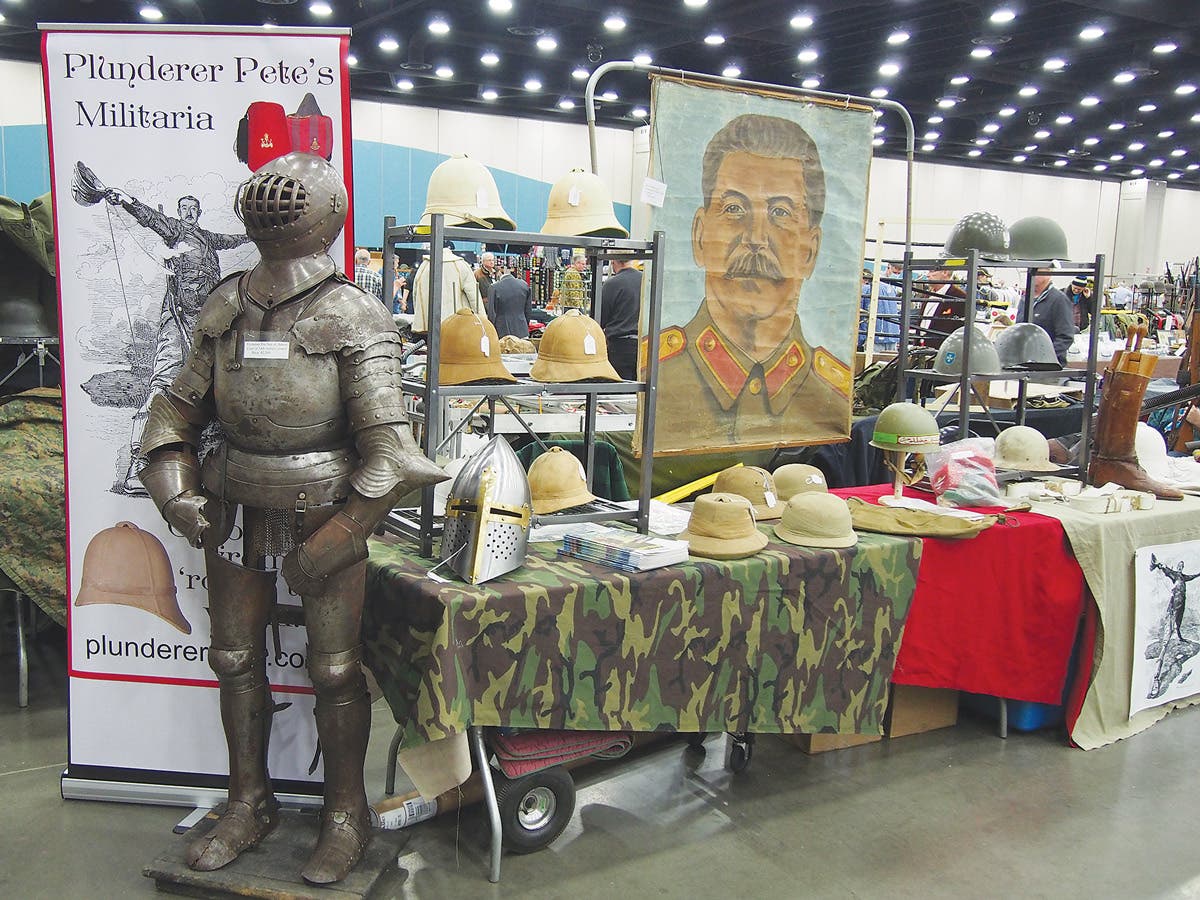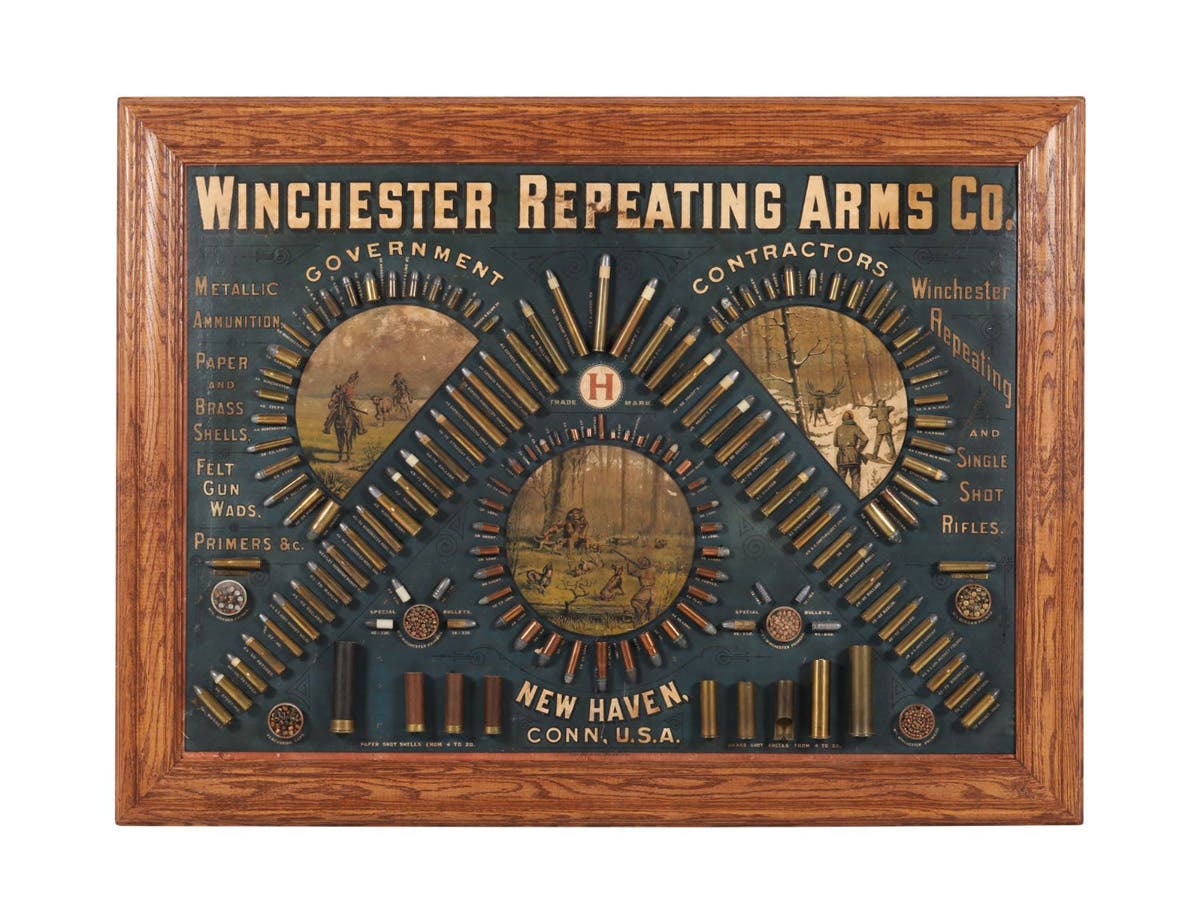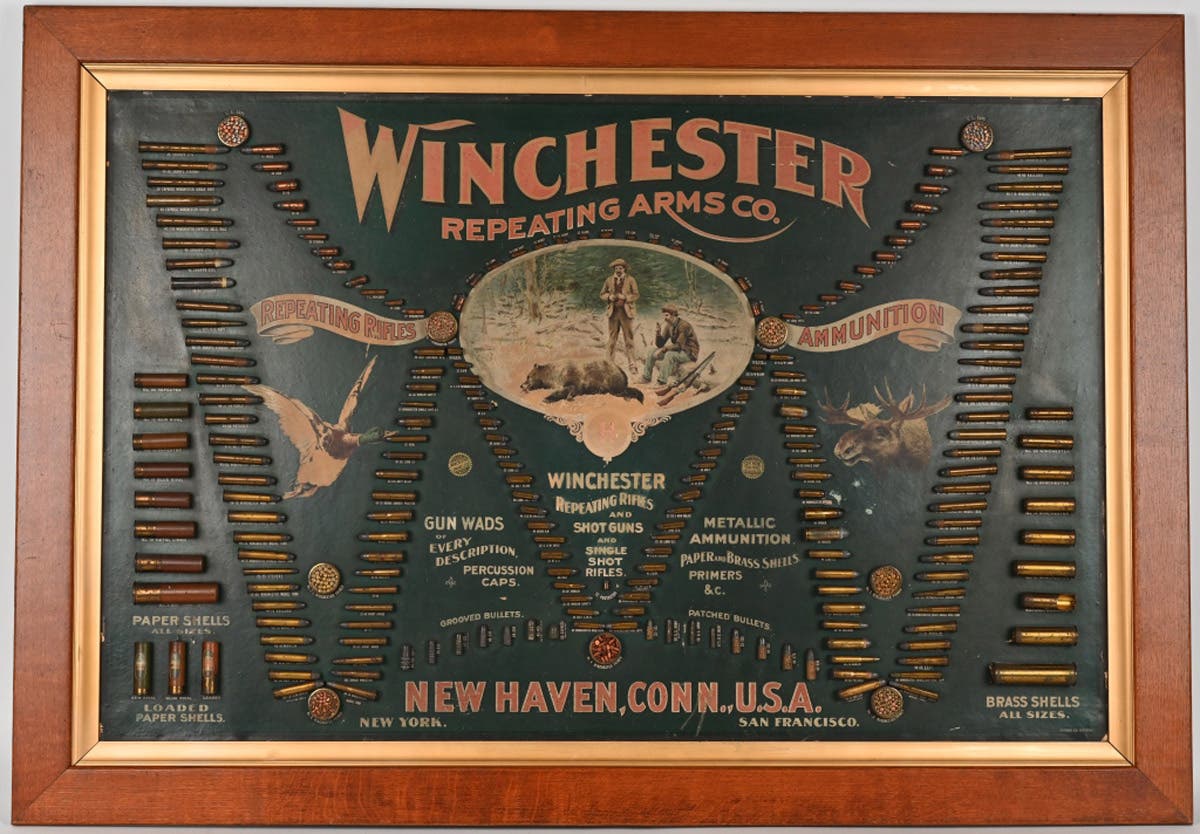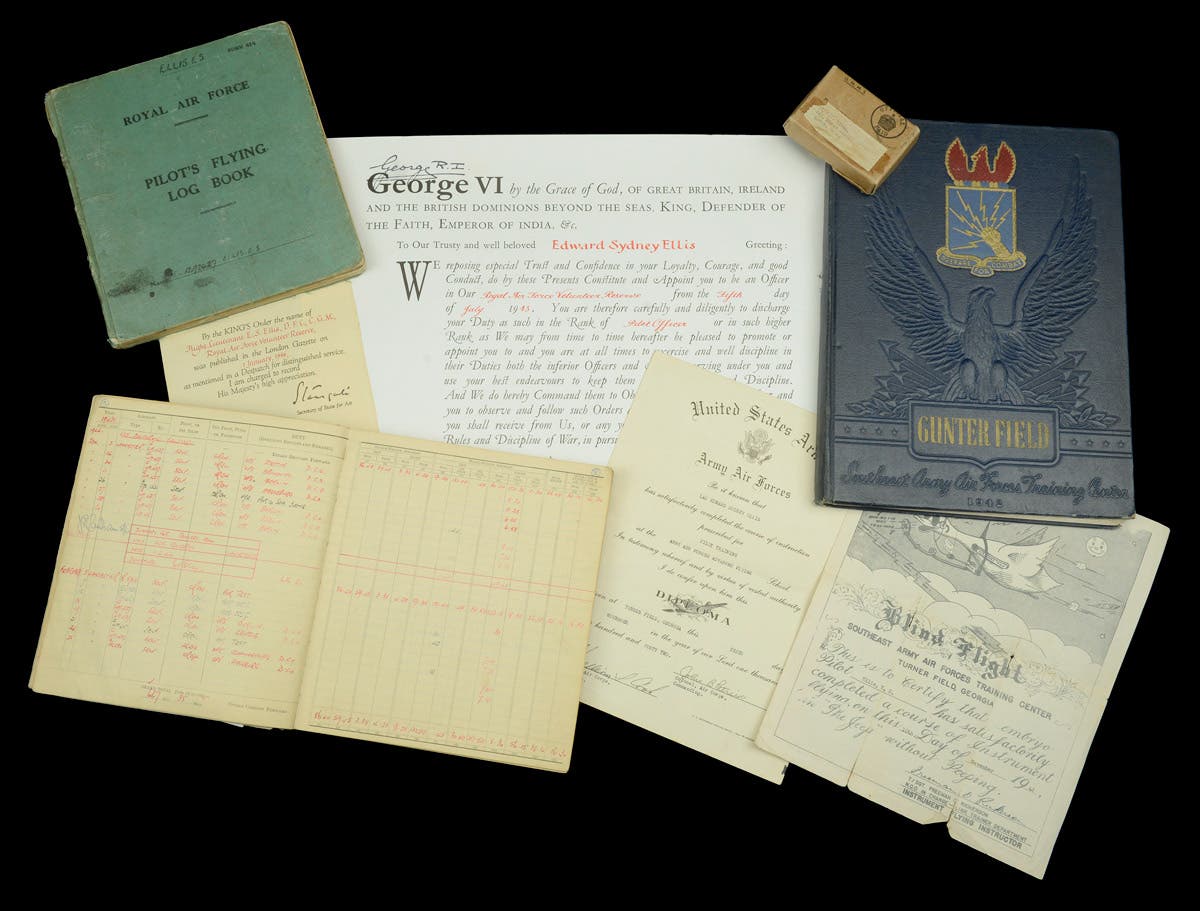SBD-5 Dauntless Wreckage Discovered
The wreckage found in a Pajaro field July 3 has been identified as a lost dive bomber that crashed in 1944 during a training mission intended to prepare the two-man crew for service in the Pacific during World War II.
A construction crew laying pipeline near the Pajaro River in north Monterey County, CA unearthed the remains of a World War II-era Douglas SBD-5 Dauntless (type shown here) in early July.
The wreckage found in a Pajaro field July 3 has been identified as a lost dive bomber that crashed in 1944 during a training mission intended to prepare the two-man crew for service in the Pacific during World War II. The Pajaro Valley Water Management Agency collected and secured the artifacts, which were discovered in the middle of farmland.
According to the San Jose Mercury News, among the items recovered were a high school class ring, bullet casings, a can of Spam, landing gear, a burnt parachute, spent flares, and bone fragments from the pilot and co-pilot. The plane, which impacted terrain during a nighttime training mission more than 60 years ago, was an unsolved mystery until the crew stumbled on the site.
The water agency has begun the difficult process of tracking down the living family members of the two victims, Delbert C. Goodspeed, 21, and Robert Henry Paulsen, 22. The two men flew from a naval air base in the Central Valley for a training mission with the rest of their VB-18 squadron, but never returned.
On Jan. 14, 1944, U.S. Navy Reserve pilot Ensign Delbert Cramer Goodspeed and his radio operator and gunner Aviation Radioman 2nd Class Robert Henry Paulson drifted from a formation at 10,000 feet above Watsonville during a training mission. The Douglas SBD-5 Dauntless dive bomber gently veered left in clear nighttime skies and hit the ground, killing the two men and shredding the Douglas, according to Green. The Douglas SBD-5 was made famous for its performance during the battle of Midway.
The official crash report was inconclusive as to why the young pilot crashed. No radio transmission indicated problems and it was concluded that Goodspeed was likely unconscious, although no one will likely ever know. Goodspeed, who had earned his wings on April 16, 1943, had almost 700 hours of airtime under his belt with no incidents on his record.
Goodspeed and Paulson would likely have gone on to fight with the rest of the squadron in the crucial Battle of Leyte Gulf in the Philippines in October 1944 aboard the aircraft carrier USS Intrepid.
The Navy did locate the crash site in 1944, removed the bodies and any live ammunition they could find. Both men's remains were returned to their families in 1944. The plane was rediscovered by a Pajaro Valley Water Management Agency work crew digging a trench in the area of Trafton Road in Pajaro. The bulk of the aircraft was likely removed by Navy officials leaving only aluminum bits according to Jack Green, a historian for the US Naval Historical Center in Washington, DC.
The water agency is required by law to preserve all artifacts uncovered during excavations related to agency affairs. "We'd like to find the families and return the belongings," said Mary Bannister with the water agency, "But it's going to be tough." Richard Hernandez, an archivist with the Pajaro Valley Historical Association in Watsonville, CA, told The Mercury News a shrine will be erected at the site of the crash.






